Once in a while I get the chance to borrow a bit of kit that’s intrigued me for a long time but that I’ve never found myself able to justify purchasing. With it being based on the Sonnar lens formula, the MS-Optics 50mm f/1.1 is definitely one such bit of kit.
MS-Optics lenses are, to say the least, eccentric. This 50mm f/1.1 is no exception to that rule, in fact, it’s a perfect example of the rule. This lens makes no attempt to be optically perfect, it’s build quality feels handmade, its quirky to use, it’s tiny and it’s very fast. It’s also based – as I have already said – on a Sonnar formula. Which is why Sam its current owner thought I should try it. You can read some of my previous experiences with Sonnar lenses here – to say they are a favourite, would be an understatement!
MS-Optics lenses
The MS-Optics 50mm f/1.1 isn’t the first MS lens I’ve shot. I’ve previously played with a 21mm f/4, as well as having a Nikon 35mm lens and Contax 90mm converted. The 21mm was a wonderful little thing, albeit with a few little quirks of its own. The iris was open to the elements at the rear of the optics, and being as tiny as it is, it was quite fiddly to use.
I enjoyed the Nikon conversion too, though I was always a little concerned by the fact that it appeared to be held together with glue – not uncommon for MS-Optics lenses, apparently. Either way, I eventually sold it for reasons I don’t really remember. I still have hankerings for pancake lenses, which is a problem I’m now working on solving again… but more on that another day.
As for the 90mm conversion, it wasn’t to my taste unfortunately. I bought it through Japan Camera Hunter, and despite Bellamy’s best efforts, he couldn’t get MS to make it work for me – it went back to him twice, but still never felt right to me. The focus was just too stiff, and apparently the design just didn’t allow for it to be smoother. I even had this confirmed by Alex Nelson from ZeroOptic who I sent it to for him to investigate. He wasn’t impressed either, but did concede that it was the nature of the original design of the lens combined with the method of conversion that resulted in the issues rather than entirely the fault of MS. If I was comfortable with more heavy focusing-feel, I’d probably have been more happy with it too to be fair.
This seems to be the deal with MS-Optics lenses and conversions. I don’t think he does the conversions so much (if at all) anymore, but from what I’ve heard from a lot of people I’ve spoken to, the resulting lenses sometimes, if not often, feel a little compromised somehow. This is something some people quibble because of the price. But to my mind, the price the lenses and conversions sell for doesn’t seem too unreasonable at all.
Both lenses and conversions are all low volume and handmade, and with MS always selling/dealing through 3rd parties such as JCH who need to make money themselves, it’s no wonder the prices are what they are. If you know anything about low-volume production run optical elements, you too will probably have some appreciation for why his built-from-the-ground-up lenses command the prices they do too!
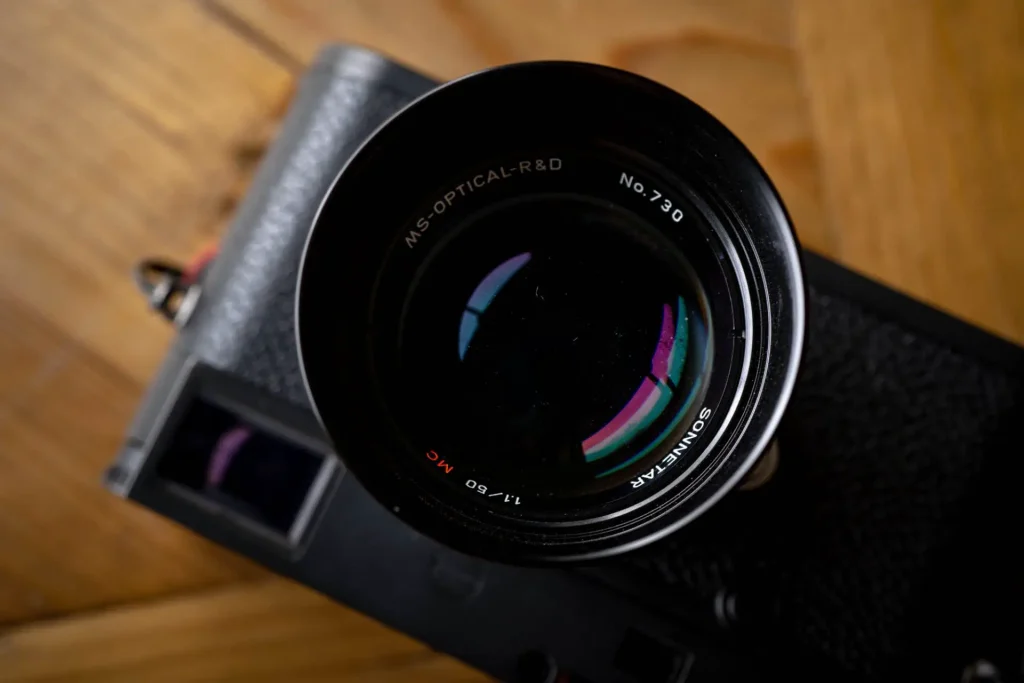
Build quality
As I’ve said, the MS-Optics 50mm f/1.1 is fairly typical of lenses from the MS stables. That is to say, it’s nothing if it’s not eccentric. Something about the quality of the build feels a little thin. I’m not sure that’s quite the right word, but honestly, I’m not sure I can think of a better word to describe it – I suspect this is down to the metal It’s made of. It’s lightweight, so I expect it’s aluminium.
It’s not that it feels bad quality, it just doesn’t ooze refinement – it also looks a little bit like it’s made out of spare parts that have been fitted together to suit the purpose. Again, I feel like I’m not quite capturing my feelings toward it accurately. What I’m saying sounds negative, when actually this whole look and feel amounts to something of its charm as a lens. You just need to approach it with different expectations to those you might approach mass produced lenses with. In other words, you need to expect it to feel a bit crappy compared to a Leica lens.
Handling
I’m going to sound negative again here too – or at least I will do once I have touched on the joy of the size of this lens. The MS-Optics 50mm f/1.1 is – at least for a 50mm f/1.1 tiny! In fact, I would still be calling it small if it were a 1.4 lens. Even with the hood on, it’s not that big! But, that aside – or perhaps because of the small size – the MS-Optics 50mm f/1.1 feels like a weird lens to use.
I think part of this feel comes down to the fact that to focus it you essentially rotate the whole lens. Only the mount itself – the part with the distance scale on it – doesn’t rotate, everything forward of it does. The problem with this design is that to change the un-clicked aperture, you have to turn a part of the lens that rotates to change focus. This means that changing the aperture requires you to hold the lens in such a way that the focus doesn’t change, or else the slightly heavier damped aperture control will rotate the focus control too. I should add, despite this oddness, both are damped very nicely and rotate perfectly smoothly.
Thanks to the un-clicked aperture, it’s also very possible to accidentally change the set aperture when trying to adjust the focus on the MS-Optics 50mm f/1.1. To remedy this issue there is a little focus pin on the underside of the lens which I found myself drawn to holding to avoid the issue of changing the aperture.
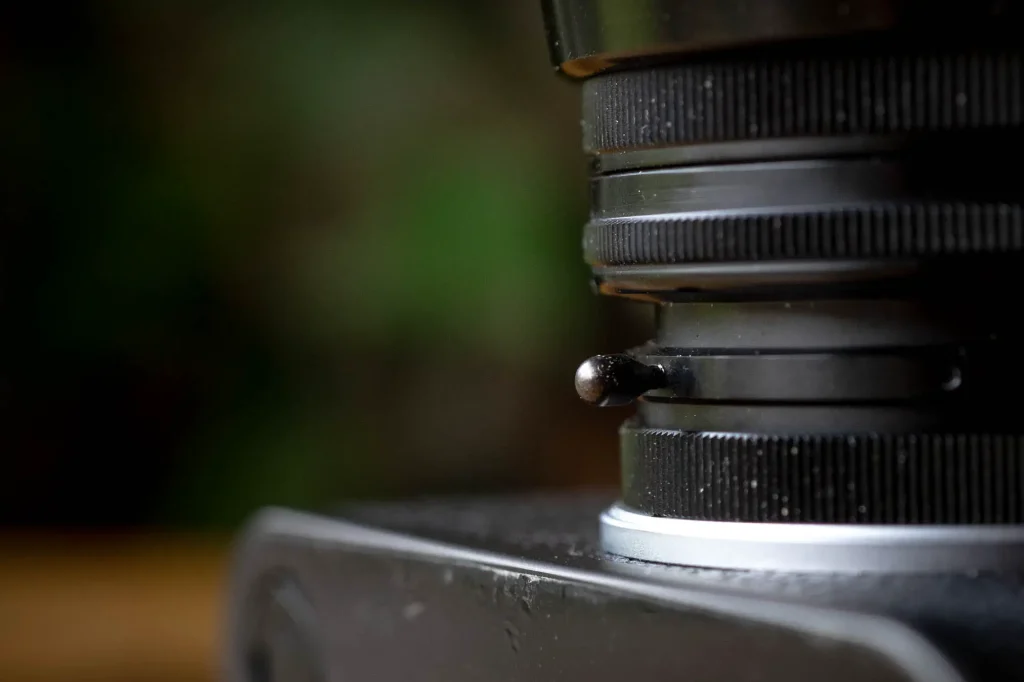
Also, because the aperture control is on a rotating part of the lens, depending on where you’re focused in the range, the aperture scale might also not be facing upwards on the lens. This is an “issue” most lens manufacturers had overcome by the 50s I’d guess, so it’s odd seeing it on a modern lens. Though, of course, even the bigger manufacturers aren’t immune to making this decision – they just try and brush over it by calling it a “classic” design (see: Voigtlander Heliar – that lens’s odd feel let it down too!)
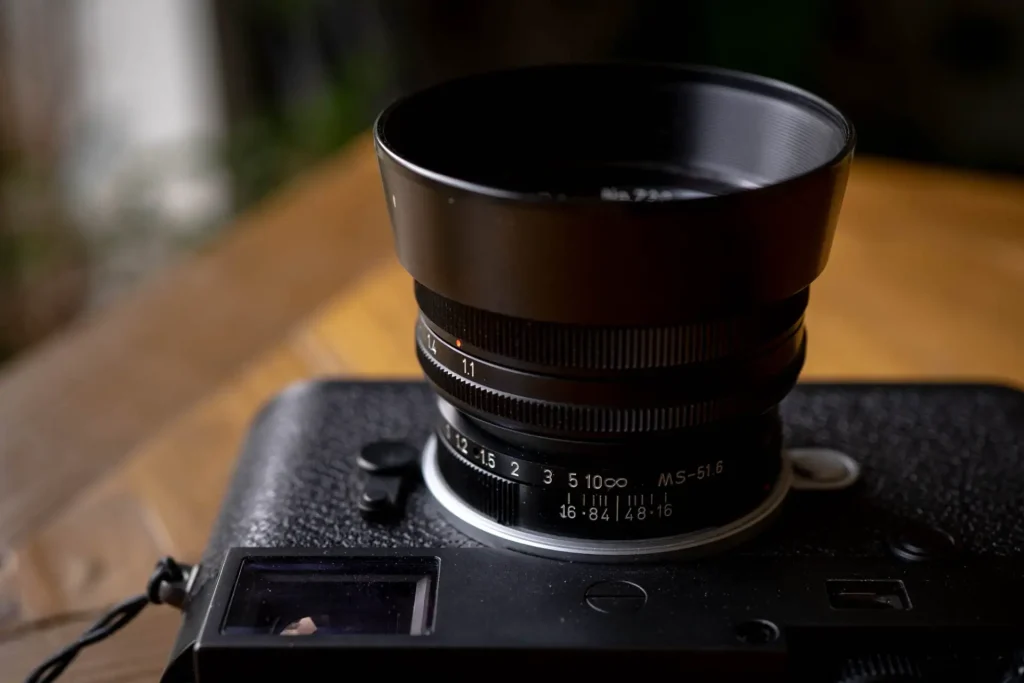
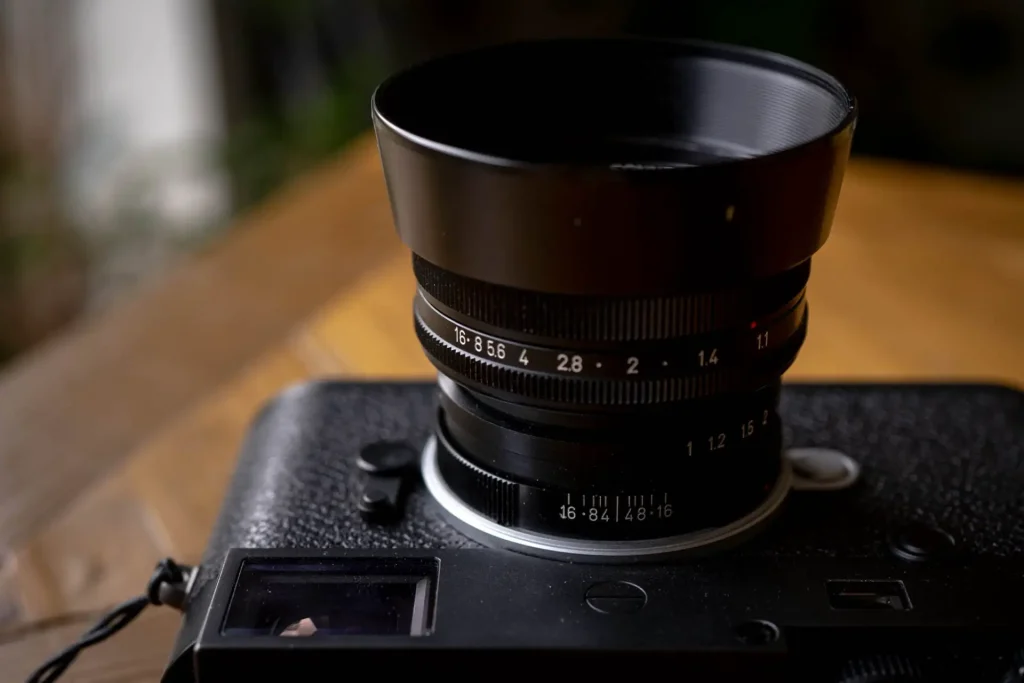
You can see here that the chosen aperture indicator is way of centre at either end of the focusing range
Caps, hood, and more caps
This MS-Optics 50mm f/1.1 also landed in my possession with no less than 4 caps and 1 hood. There was a clip-on cap (that might not have been original) on the front of the hood, a screw on cap on the front of the lens, a screw on cap on the rear of the lens and then a rear lens cap. There’s nothing wrong or right about all these caps really, I’ve just been afraid of losing one or another of them… and again, they just add to the really eccentric feel of this lens.
Coma control
There’s one other thing that makes the MS-Optics 50mm f/1.1 even more eccentric, and that’s the “coma adjuster”. At the very rear of the lens there is a dial with 4 markings that lets you move the rear element group backwards or forwards effectively changing the focal length of the lens.
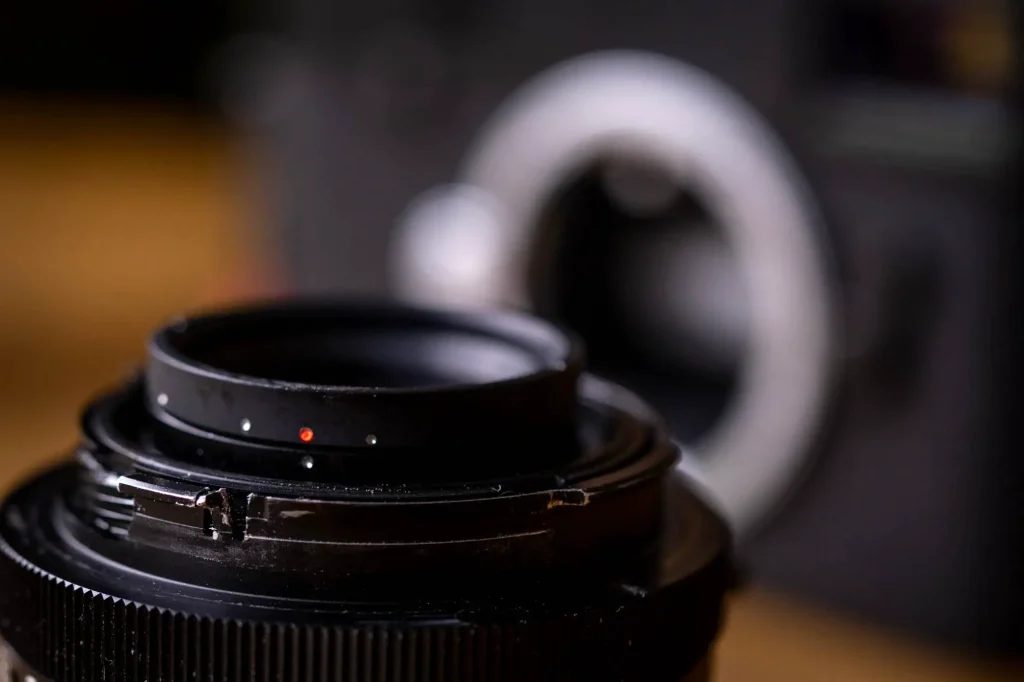
MS calls this a ‘coma adjuster’, but in the instructions it is said that:
“Using the coma adjustment system, a very high level tuning/focusing optimisation is made possible.”
The key here is that Leica rangefinder cameras to focus accurately expect a perfect 51.6mm focal length. Of course, not all lenses are 51.6mm. In wide angle and telephoto lenses the focusing cam is either sloped or has a secondary mechanism to translate the movement of the optics in the lens so the rangefinder mechanism in the camera works to give accurate focus. But in many 50mm lenses, specifically lenses that have a perfect 51.6mm focal length, the rangefinder cam in the lens can be connected directly to the movement of the optical block.
You’ll see this if you look at the back of rangefinder lenses. Wide angles often have a sloped rangefinder cam to move the cam follower in the camera more quickly, telephoto lenses when you focus them have a cam that moves more slowly than the lens elements move, and 50mm lenses quite often have a cam that’s flat and moves at the same speed as the optics.
Here is a video demonstrating what I am talking about:
The MS-Optics 50mm f/1.1 has a flat cam that moves with the optics in the lens. It also says 51.6mm on the body of the lens, but at least as far as I can gather, the lens will only be 51.6mm with the coma adjuster at one specific position.
In other words, for the MS-Optical 50mm f/1.1 to work on a rangefinder camera, the lens has to be perfectly adjusted to 51.6mm. In theory, I suppose, this means setting the coma adjuster to the red dot. In practice, because depth of field is so shallow at the widest apertures, some end-user tweaking can be applied to find the absolute optimum.
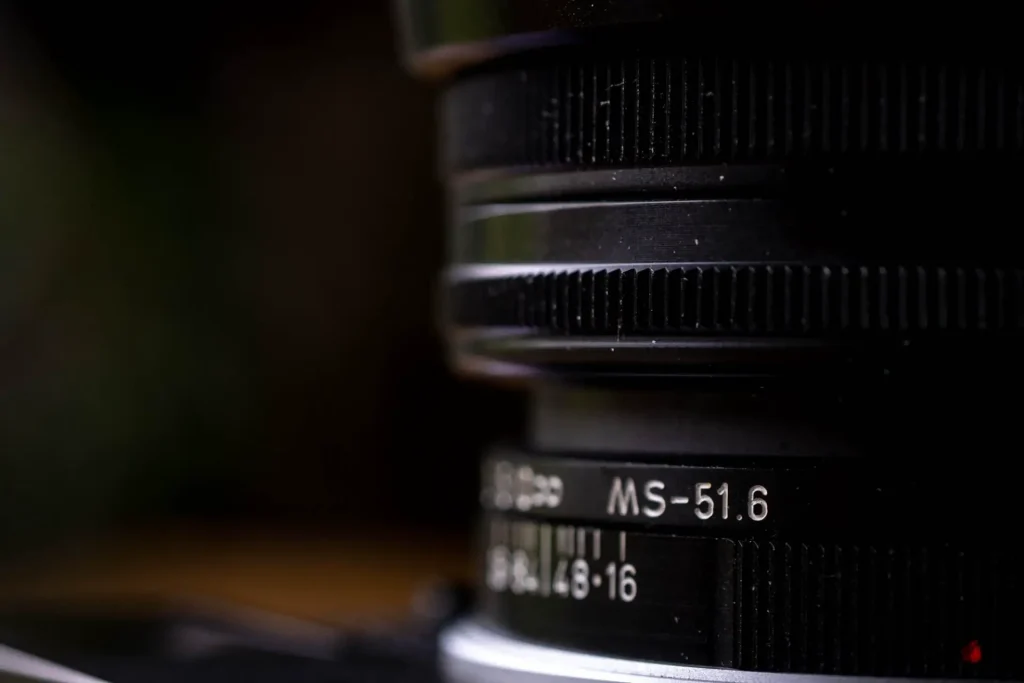
I didn’t shoot the lens long enough to worry about the absolute optimum setting for my rangefinder, so I just set it to the red dot when shooting it with the rangefinder. That said, I was intrigued enough by the setting to try it at the extremes with the live view to see how it would impact on results. As you might guess, I got out of focus images when I tried to use the rangefinder, but was able to focus fine when the camera on liveview.
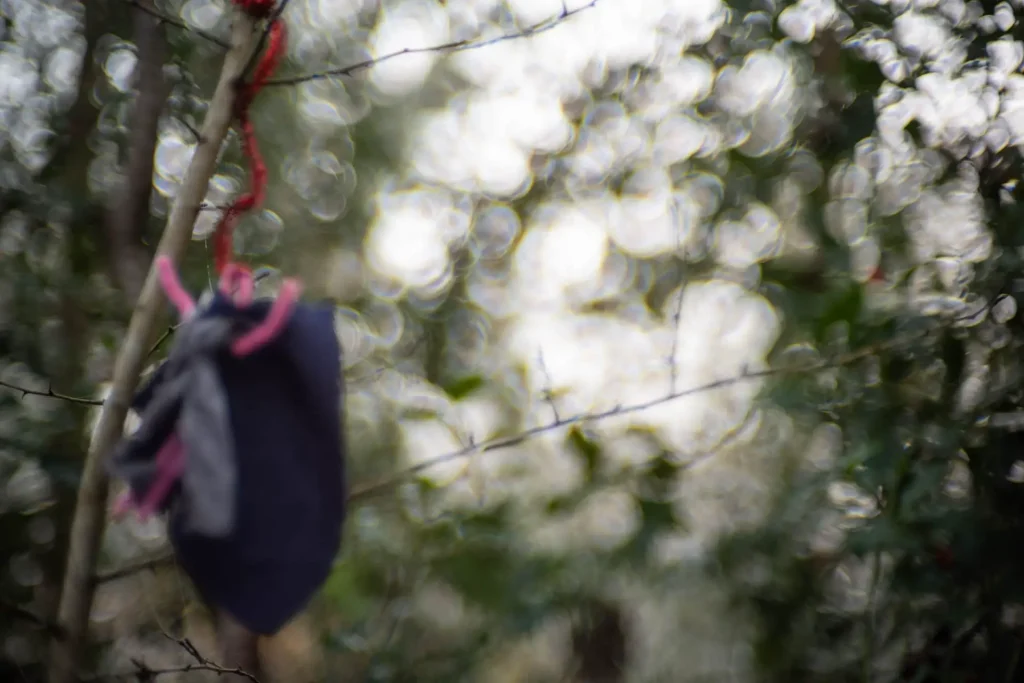
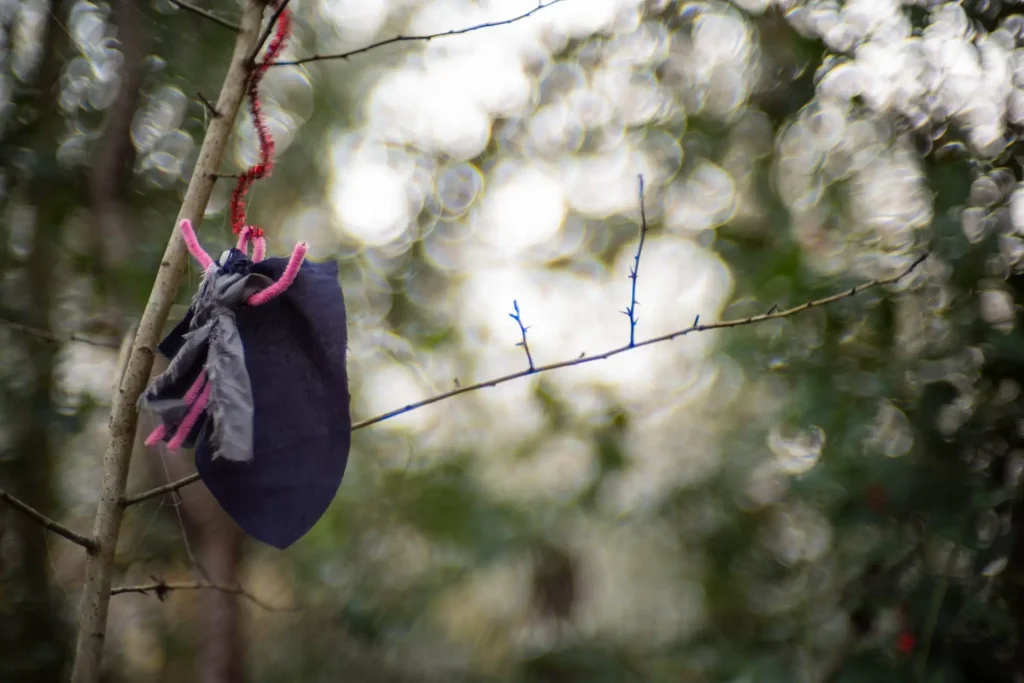
These were taken with the Coma adjuster set to the fourth dot using the rangefinder and then the liveview
I guess the moral of the story here is that the coma adjuster on the MS-Optics 50mm f/1.1 is for setting the optimum focal length for a rangefinder, and for adjusting coma when the lens is on a mirrorless. I couldn’t be bothered to investigate the latter to be honest – to my mind, this lens is a rangefinder lens, any gains I might get to the quality of coma when shooting it on a mirrorless would be meaningless to me.
Outside of that little experiment, I just shot with the MS-Optics 50mm f/1.1 coma adjuster set to the red dot, so as far as the rest of the shots here are concerned they are what you can expect from the lens when it’s being used as a rangefinder lens on a rangefinder camera focusing with the rangefinder – as I’m sure MS intended.
(Sonnar-like) Bokeh
As I’m am certain MS also intended, by using a the Sonnar formula as the basis for the optical design of the MS-Optics 50mm f/1.1, it produces wonderfully Sonnar-like images. For a start, look at the bokeh!
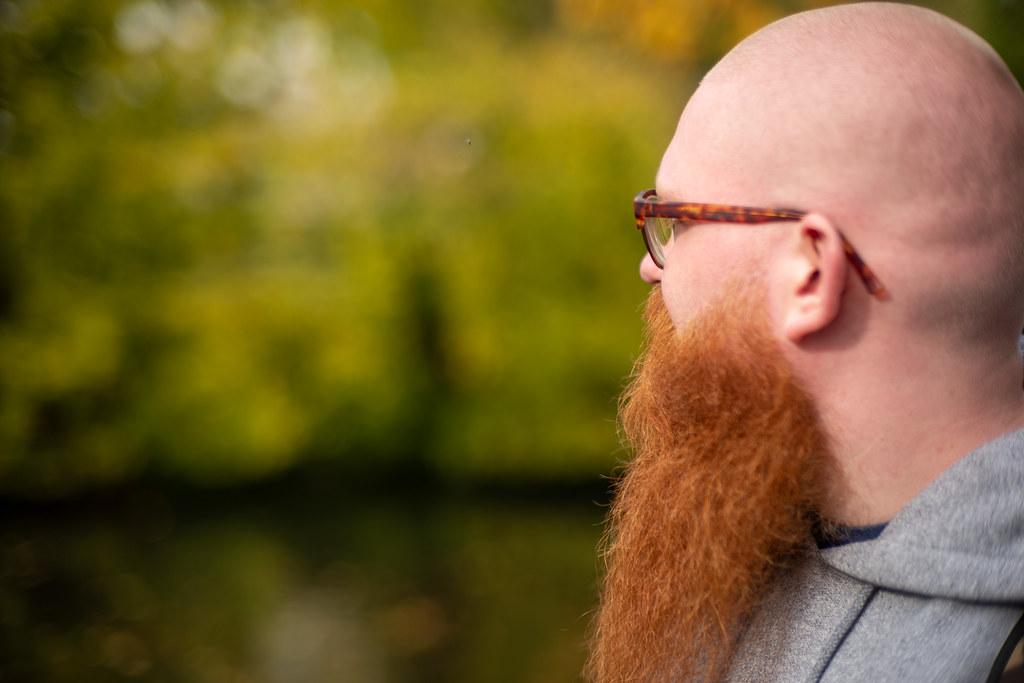

As is typical of a lot of the faster Sonnars, wider-open, it’s more whacky. With this being a f/1.1 Sonnar, the whacky is turned up to 11 when shot wide open, but does indeed calm down a fair bit when stopping down. The shots in the section above where I was talking about the coma adjustment were taken at f/1.1, this next one was taken at somewhere between f/1.4 and f/2 which is where things start to get more calm.

For me, the above represents one of the biggest advantages of the f/1.1 formula. With f/1.5 Sonnar lenses you really need to be stopping down to f/2 to get smoother bokeh, so this faster-formula lens has almost a whole stop advantage in terms of achieving smoother bokeh over some of the slightly slower lenses – you also have the added nearly-a-stop of light gathering power in low light.
Sharpness
The same can be said for that typical wide open and transition zone Sonnar glow. Wide open, the MS-Optics 50mm f/1.1 is quite soft and glowy at the point of focus, stop down slightly and the point of focus sharpens-up nicely, though the transition zones still have that glowy look I like. In fact, when it came to how sharp the MS-Optics 50mm f/1.1 is, I must admit, I was quite pleasantly surprised! It’s massively soft, glowy and low contrast wide open, once stopped down to around f/1.5, it really does sharpen up quite nicely. Much of the wide open glow goes, and as such contrast takes a leap upwards.


Here you can see a straight-out-of-camera comparison between f/1.1 and ~f/1.5
This was shot wide-open at a bit of distance – it’s really quite glowy.

By f/2, it’s really nice and sharp, in the centre, though it gets very soft into the corners. The lovely glowy transition zone at f/2 is nicely apparent here.
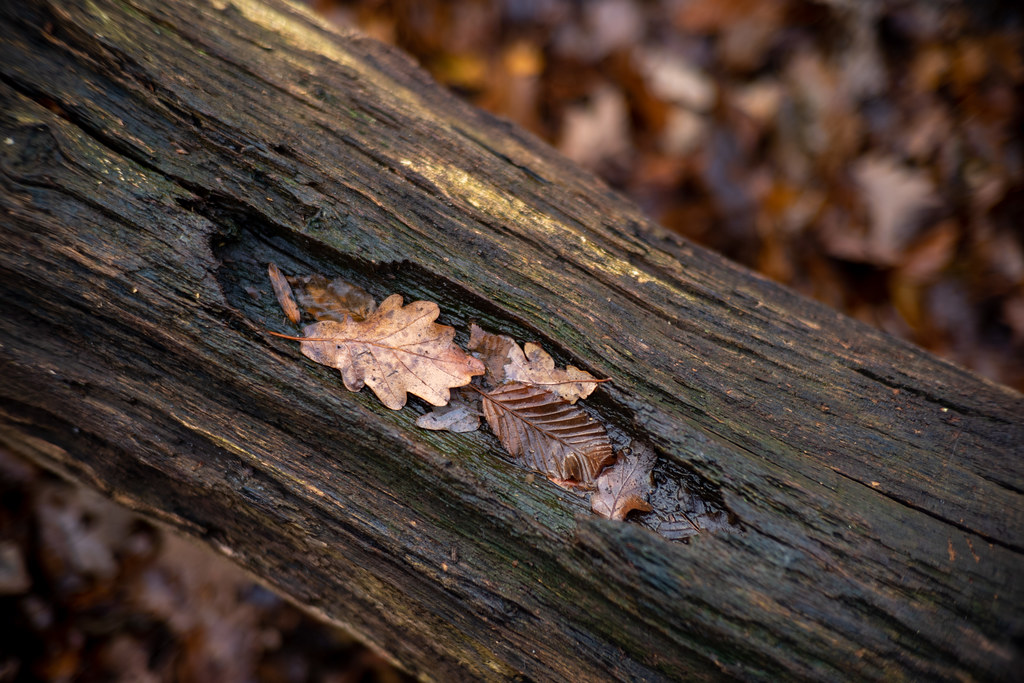
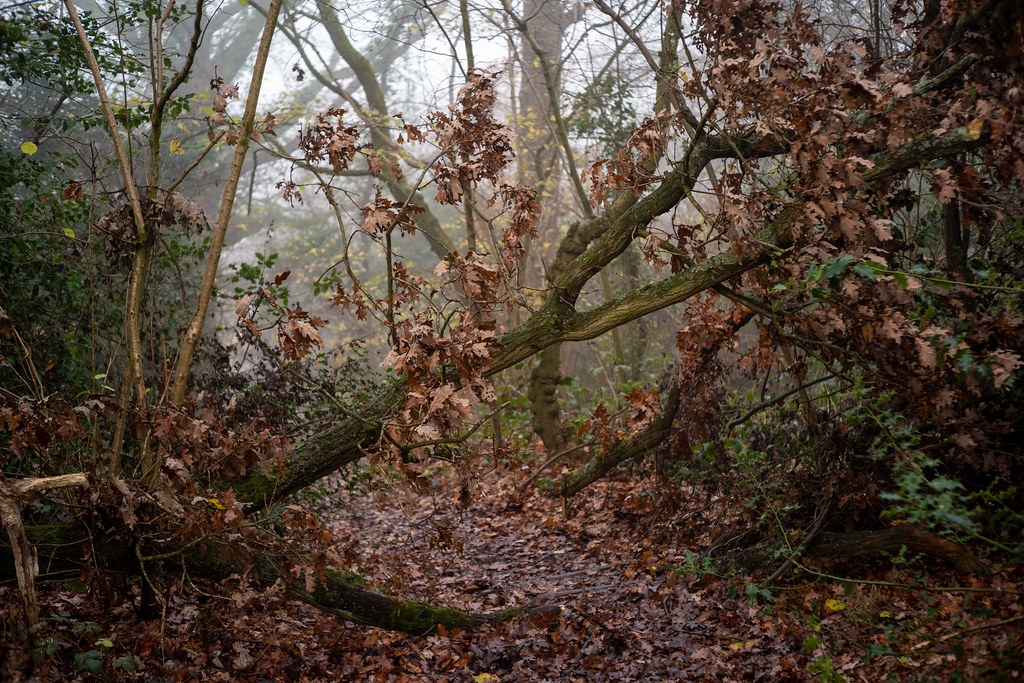
Of course, being a crazy Sonnar, you don’t really get anything like a sharp image toward the edges/corners until f/8 – and even then, there’s quite a lot of smearing. In fact, in this rare image of a flat wall, I can even see more softness on the right than the left, which points to some sort of tilting or decentering of glass inside the lens.
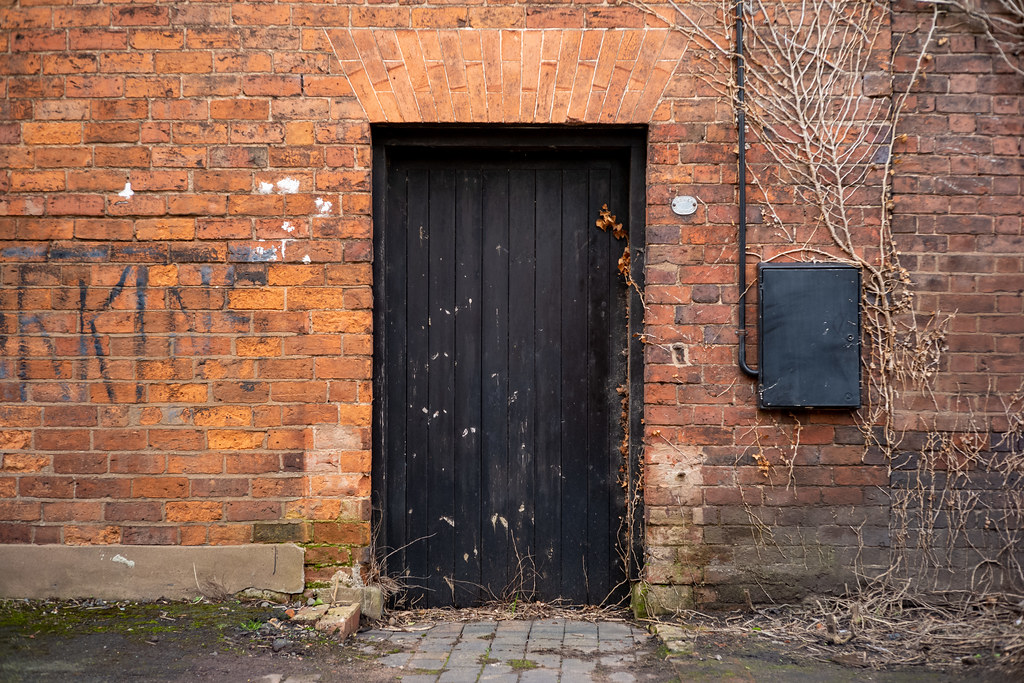
Though, of course, this sort of close examination of sharpness feels pretty moot when talking about a lens like this. If you want corner-to-corner sharpness out of a Sonnar formula f/1.1 lens, you’re barking up the wrong tree. One of my favourite shots with this lens was taken at f/8 in the woods near my house. It’s soft into the corners for sure, but absolutely nothing about that fact detracts from the result in my opinion.
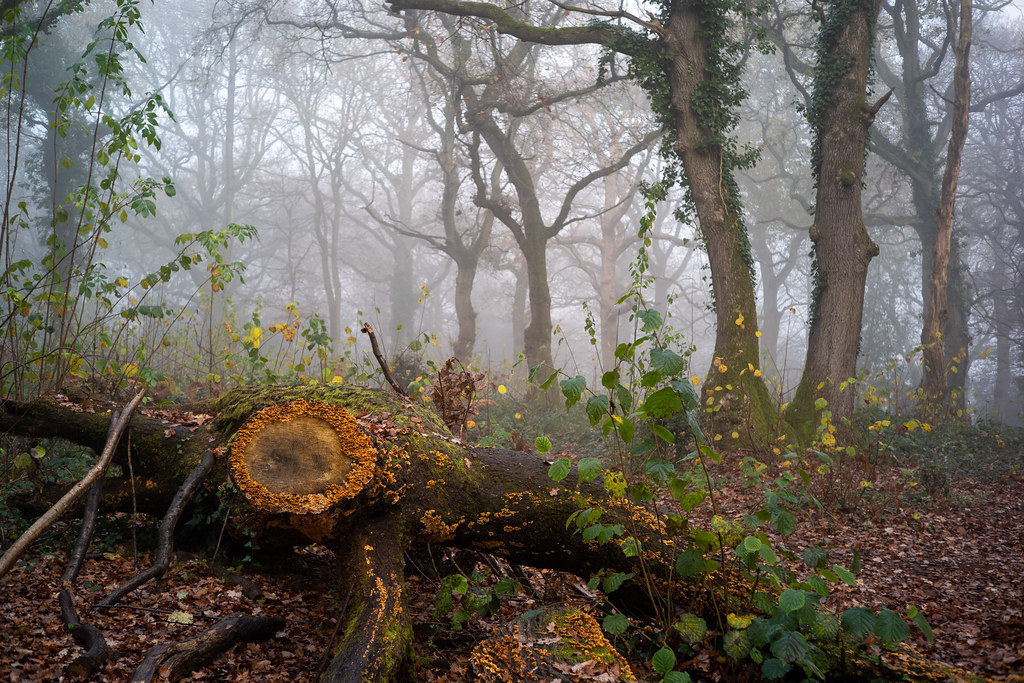
Focus shift
Once again, being a Sonnar, on a rangefinder at least, you’ll also have focus shift to contend with when shooting the MS-Optics 50mm f/1.1. The danger zone – as is always the case – seems to kick in somewhere around f/4 – f/5.6. If you try and shoot a portrait at closer distances at f/4 with a rangefinder you’ll find the point of focus to be somewhere behind where you wanted it to be – no surprises really, this is default sonnar behavior.

What did surprised me – despite it being a crazy f/1.1 lens – is that the focus shift wasn’t quite as extreme as I had expected it to be. When shooting at further distances, I could still see the focus shift, but again I expected it to be more dramatic. I even thought it might still be a problem at f/8, but it doesn’t seem to be at all – depth of field swallows the issue nicely.
Field Curvature
Field curvature is another enemy of sharpness when it comes to Sonnar formula lenses. I don’t know enough to explain why, but in my experience, the very early more simple f/2 formula is the one that suffers it the most. Some of the later f/1.5 formulas don’t seem to have so much of an issue. I wasn’t sure what to expect with the MS-Optics 50mm f/1.1, so I did a bit of a test shot of the floor at work.
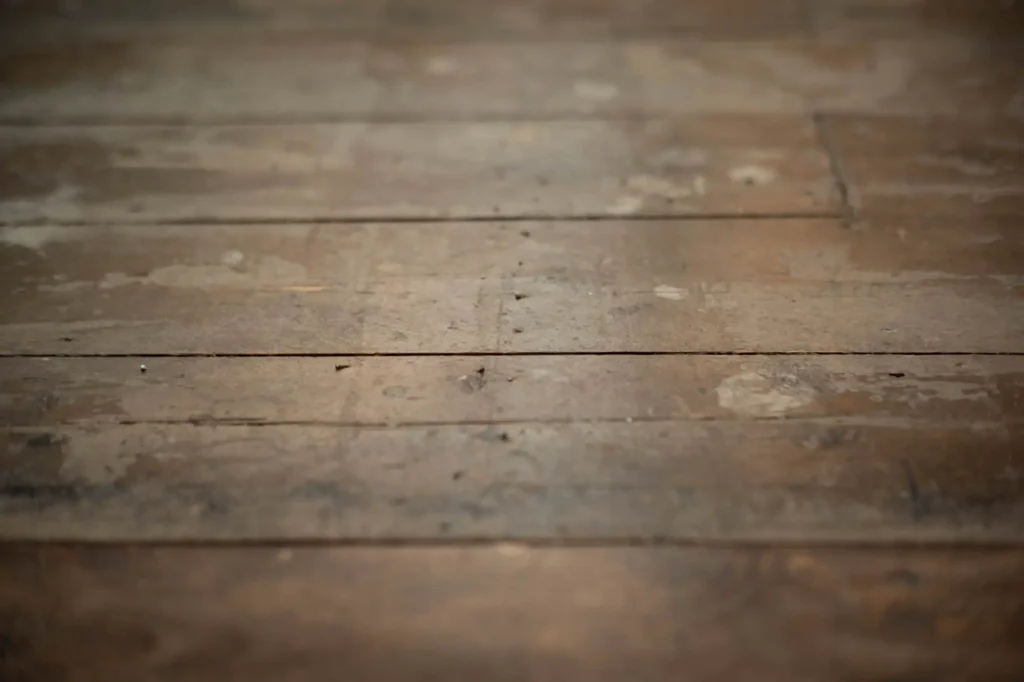
Sorry… But at least it does show that field curvature isn’t too much of an issue.
Vignetting
Yes, the MS-Optics 50mm f/1.1 does vignette. Here’s a wide open shot – it’s probably lost 2 or 3 stops by the corner. You can also see how soft it is wide open…
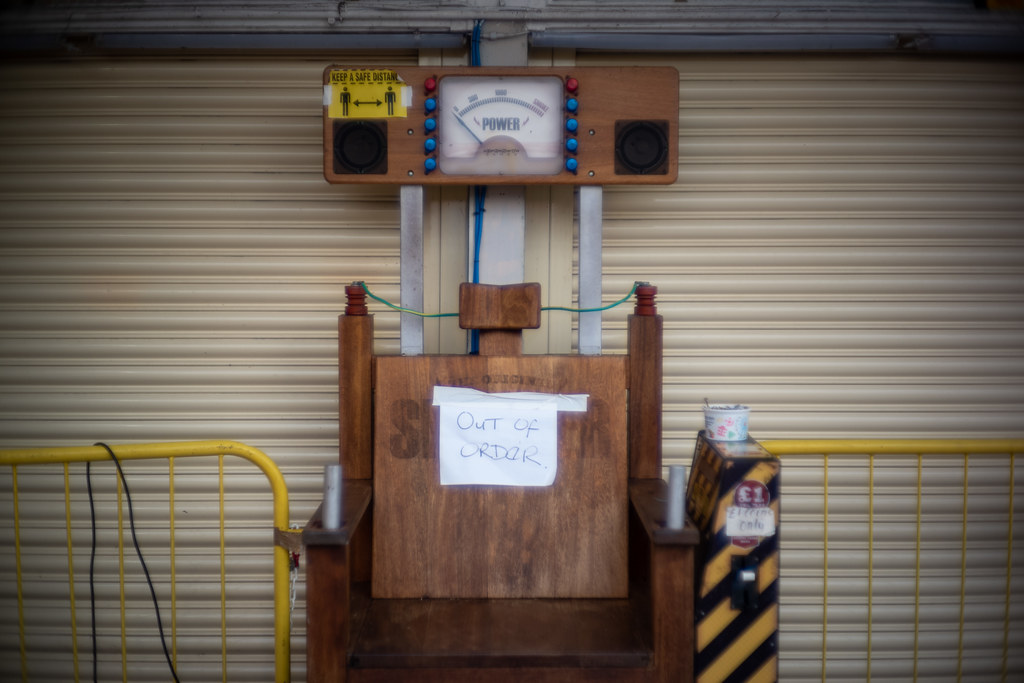
Flare
As you can probably see, I have been using the MS-Optics 50mm f/1.1 in the Winter. The result of this is that I haven’t had so many chances to try and trigger some flare with this lens. I have also been shooting it primarily with the hood which when I did experiment trying to get it to flare, I found it to be fairly effective at keeping things under control, though it didn’t solve the issue entirely. This first image is without the hood.
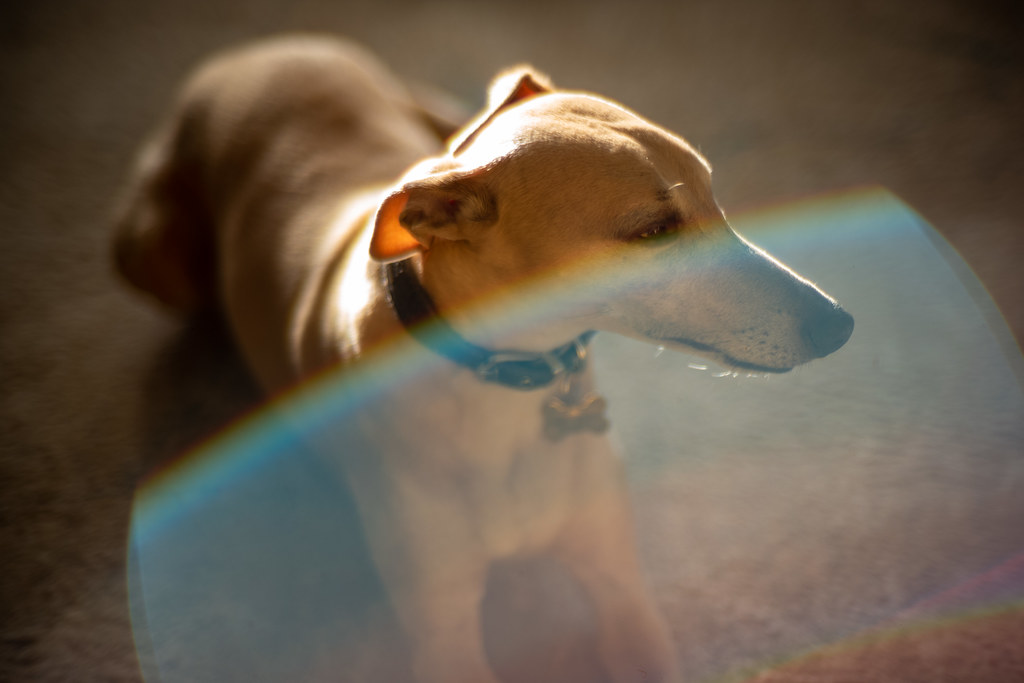
And this one is with the hood
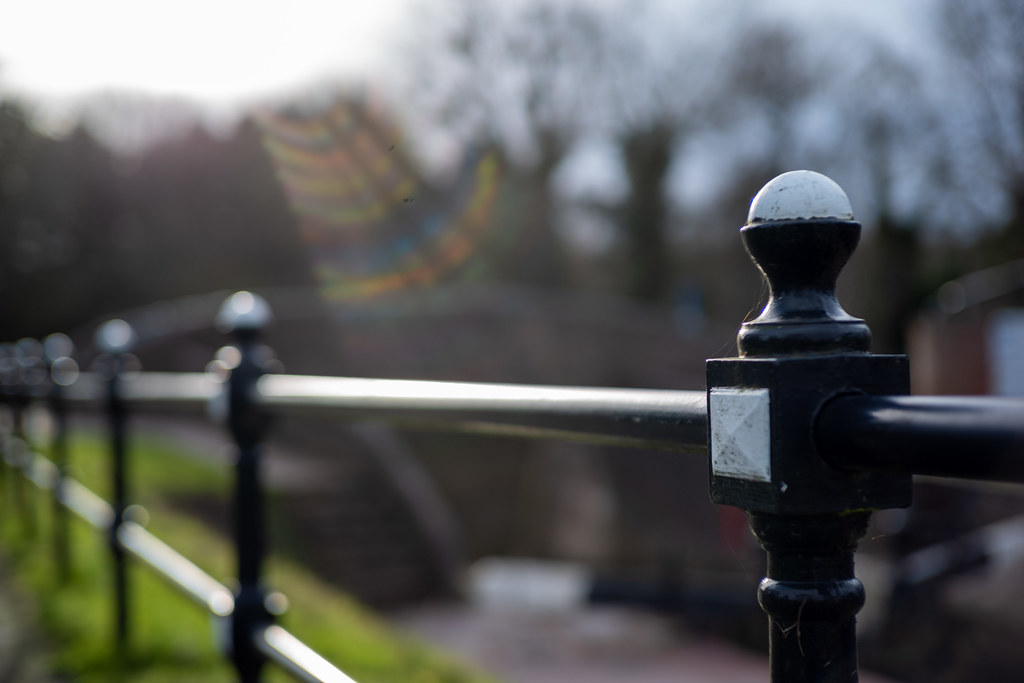
Unfortunately, I didn’t have the presence of mind to take either of this shots with the hood and without it respectively… regardless, the gist is, flare is a thing!
Some More Photos
I’ve actually had this lens a little longer than I expected it would take me to review it. Despite this, I have only found myself getting around to shooting it with my digital Leica. Hopefully these images will still give a reasonably good idea of what you can expect from the MS-Optics 50mm f/1.1.



I’m really pleased with this set from The SL Shop – this is just the sort of thing that this camera excels at, I think!
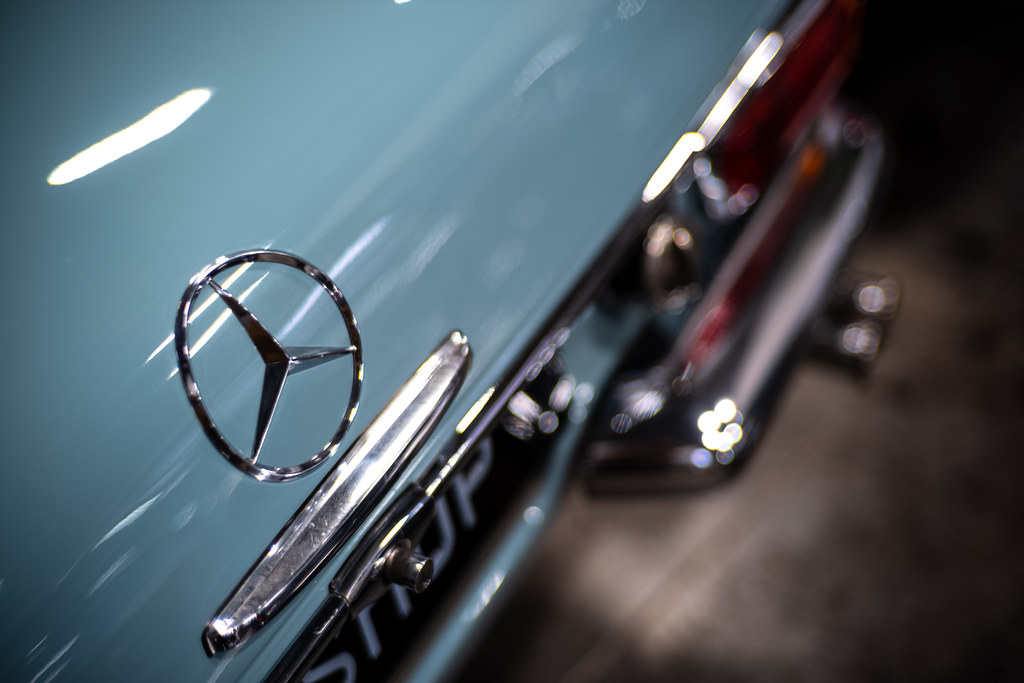
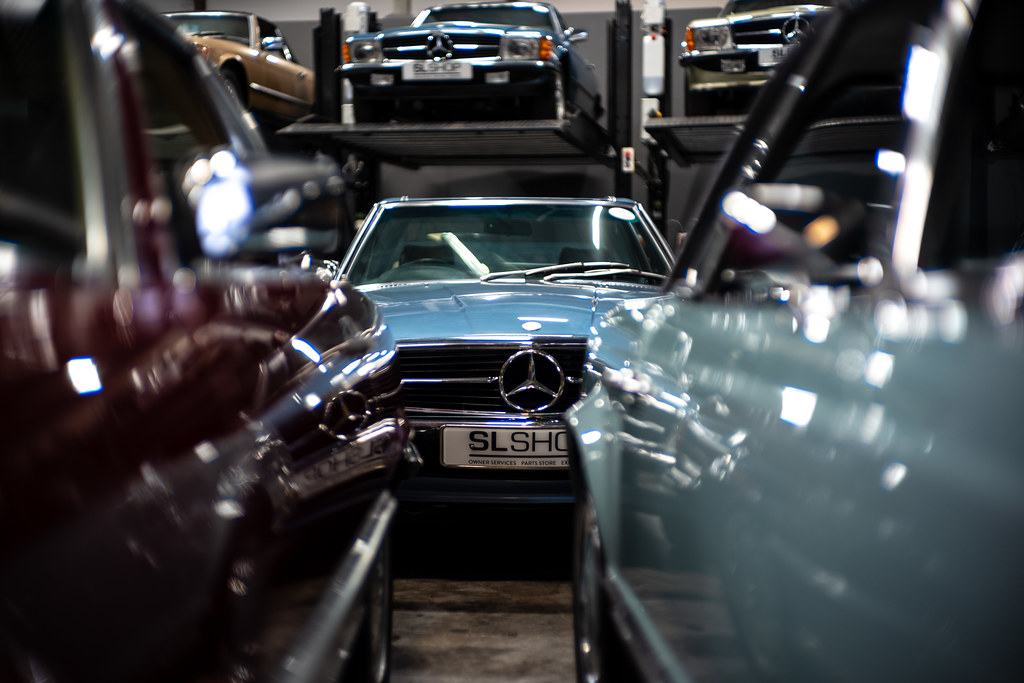
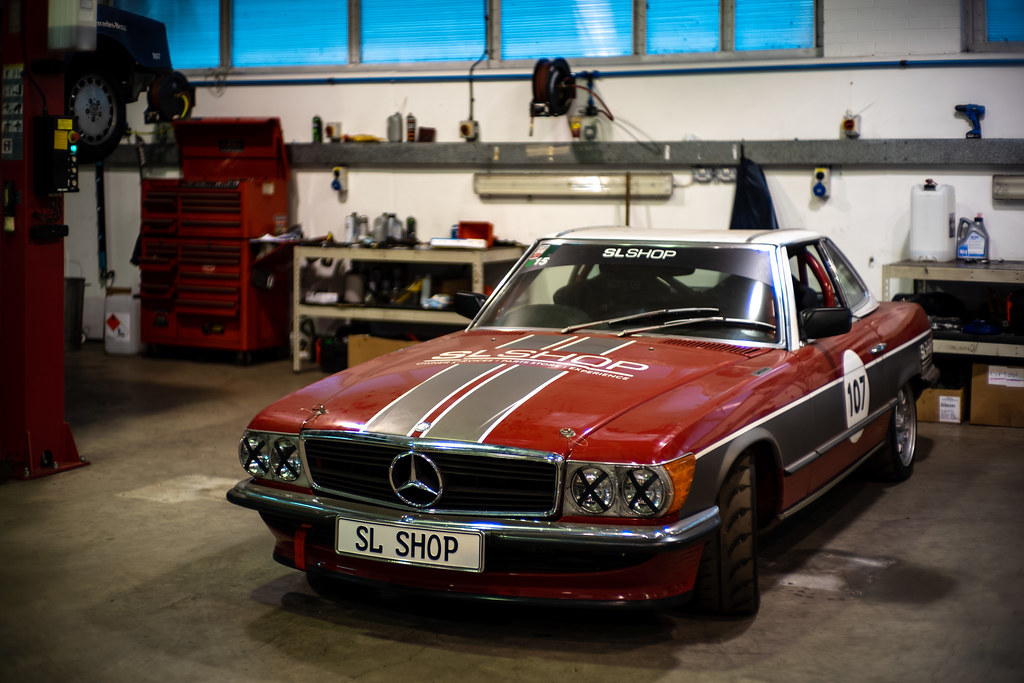
Again, all the crazy character traits add to this image more than they take away in my humble opinion
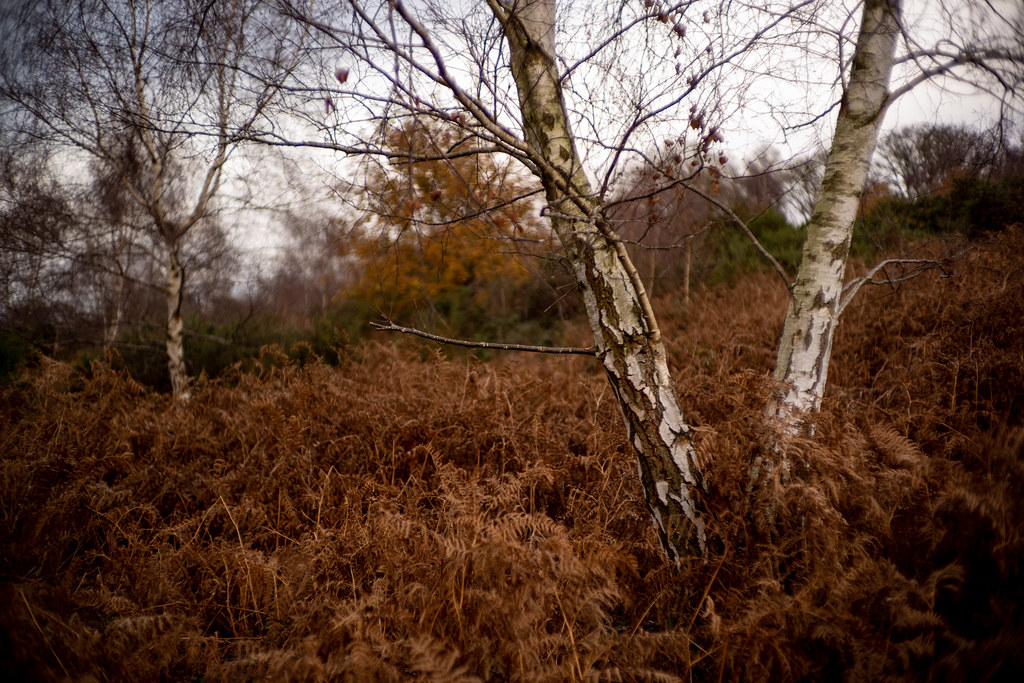
My new car… ????
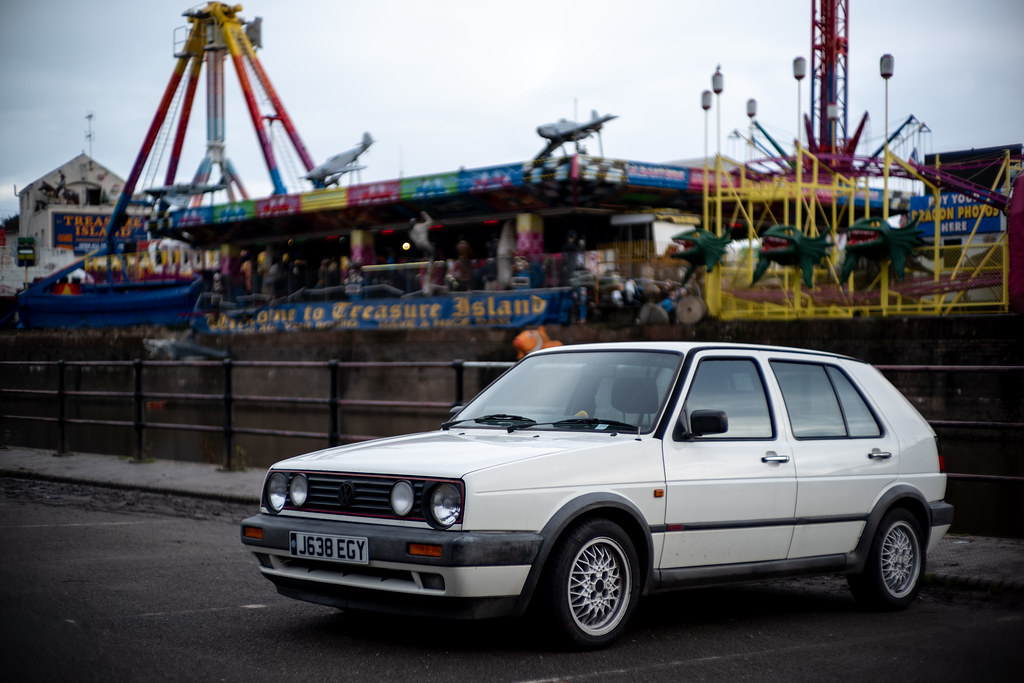
Skip to the end
The MS-Optics 50mm f/1.1 Sonnetar is not unlike the Voigtlander I mentioned earlier inasmuch as it’s a lens that comes with two stories. The first is one of slight frustration. I just can’t help wishing that it felt better made. I totally understand that MS makes these lenses himself, but for my money – at least if I were in the market for one of these lenses – I think I would rather pay slightly more to get a lens that feels nicer to use. The mechanical smoothness aside, there is just something slightly unsatisfactory about the way this lens feels in the hand. And that’s before you get to the usability, which to me is where it really falls over. For the fact that it’s hard to change aperture without changing focus and vice versa, it’s just not that much of a pleasurable lens to use.
But, of course, with the cons, come the pros, and the first pro is indeed a product of the cons. If it were designed so the whole lens didn’t rotate past the mount, it would need – like the 7Artisans 50mm f/1.1 and Voigtlander 50mm f/1.2 – which in their own right are still quite small – to be much bulkier I’m sure. But it’ wasn’t designed like that, and as such, the MS-Optics 50mm f/1.1 is a tiny lens. Even with the hood it’s small. Without it, it’s really very small for a 50mm f/1.1.
And that’s not it for pros. The other half of the story is the image quality. Of course, this is a very subjective pro. If you buy this lens – a 50mm f/1.1 lens that’s based on a Sonnar formula expecting anything other than something that is slightly whacky, then you’re barking up the wrong tree! If, on the other hand, you buy this lens expecting Sonnar-whacky, but maybe with a bit of a modern twist, then you might be in for a surprise! I have certainly been surprised by just how nice the optics are!
I genuinely expected it to be almost too characterful below f/2. In reality, as least as it seems to me, the faster f/1.1 formula does bring almost a whole stop of very-usable shooting advantage over the f/1.5 formula lenses. Wide open the bokeh is crazy and results are all soft and glowy. Stop down to around f/1.5 and things change quite dramatically. It’s not apo-cron-sharp, of course, but relatively speaking it’s quite impressive. The bokeh for a start melts to very undistracting, and there’s a barrel load more contrast. On top of that, the f/1.1 formula doesn’t bring as much crazy to the table elsewhere either. Focus shift is a problem, but not as much as I expected, and though it is soft into the corners/edges, it’s not that much more extreme than many of the other Sonnars I have shot. In short, despite its extreme specification, it’s not as whacky as I thought it might be… thought it is, to be fair, pretty damned bonkers!
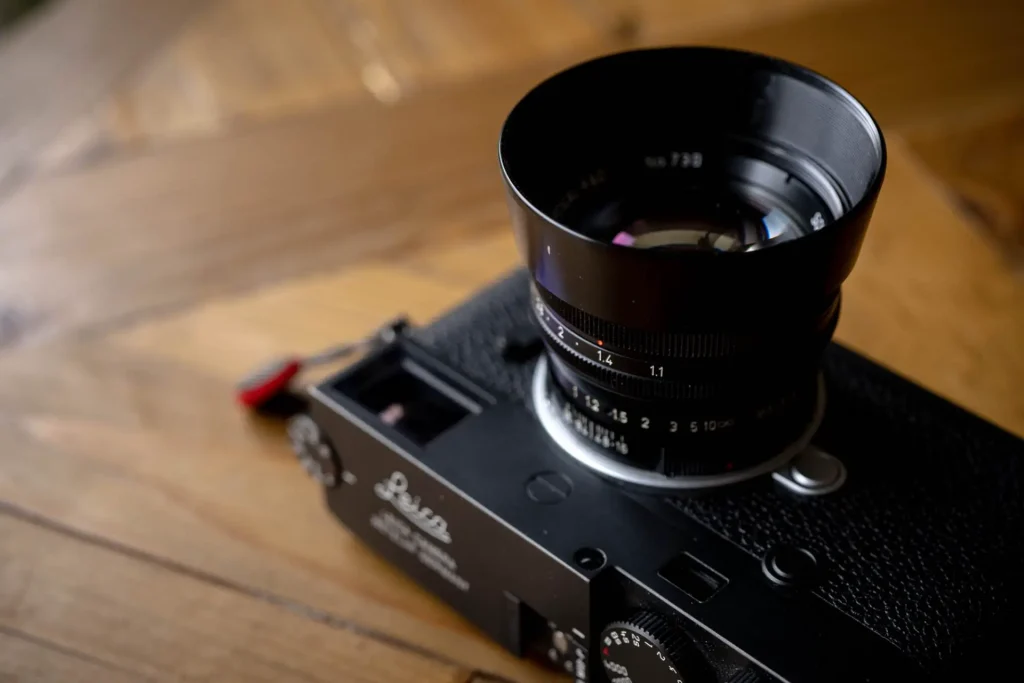
But to reiterate, in case I wasn’t clear, the whole last two paragraphs comes from someone who gets a lot of enjoyment out of Sonnar lenses – it’s relative to those experiences I am measuring this lens. Compare it to any modern more “normal” lens then you might be surprised in more much more negative ways.
Ultimately, despite some initial temptation, soon after Sam loaned me this lens I knew it wasn’t for me. Just like the 7Artisans f/1.1 – a lens that can be had for a fraction of the price that also comes with sonnar-esque traits – I couldn’t find a place in the cabinet for this lens. I have recently bought a Skylanney rehoused uncoated 50mm f/1.5 (a story for another day) that is smaller still easier to use, and much more “vintage” in character. I also have a ZM Sonnar which gives me more modern feeling Sonnar kicks if I need them. I also don’t need the speed. I very rarely shoot wider-open than f/2 for low light or shallow depth of field purposes anyway, so for me, the gains would be very much outweighed by the handling cons.
That said, for all that I remain puzzled by an apparent lack of desire to make mechanically enjoyable things, I can’t argue that MS excelled himself when it came to the MS-Optics 50mm f/1.1 Sonnetar glass. To me, optically, it is exactly as it should be – a slightly crazy, but nonetheless impressive Sonnar type lens!
If you’re in the market for one of these lenses, at time of writing, this one is for sale on my shop here, there is also one for sale on JCH – and if both are sold, I would probably get in touch with Bellamy at JCH to see if he can find you one.
Share this post:
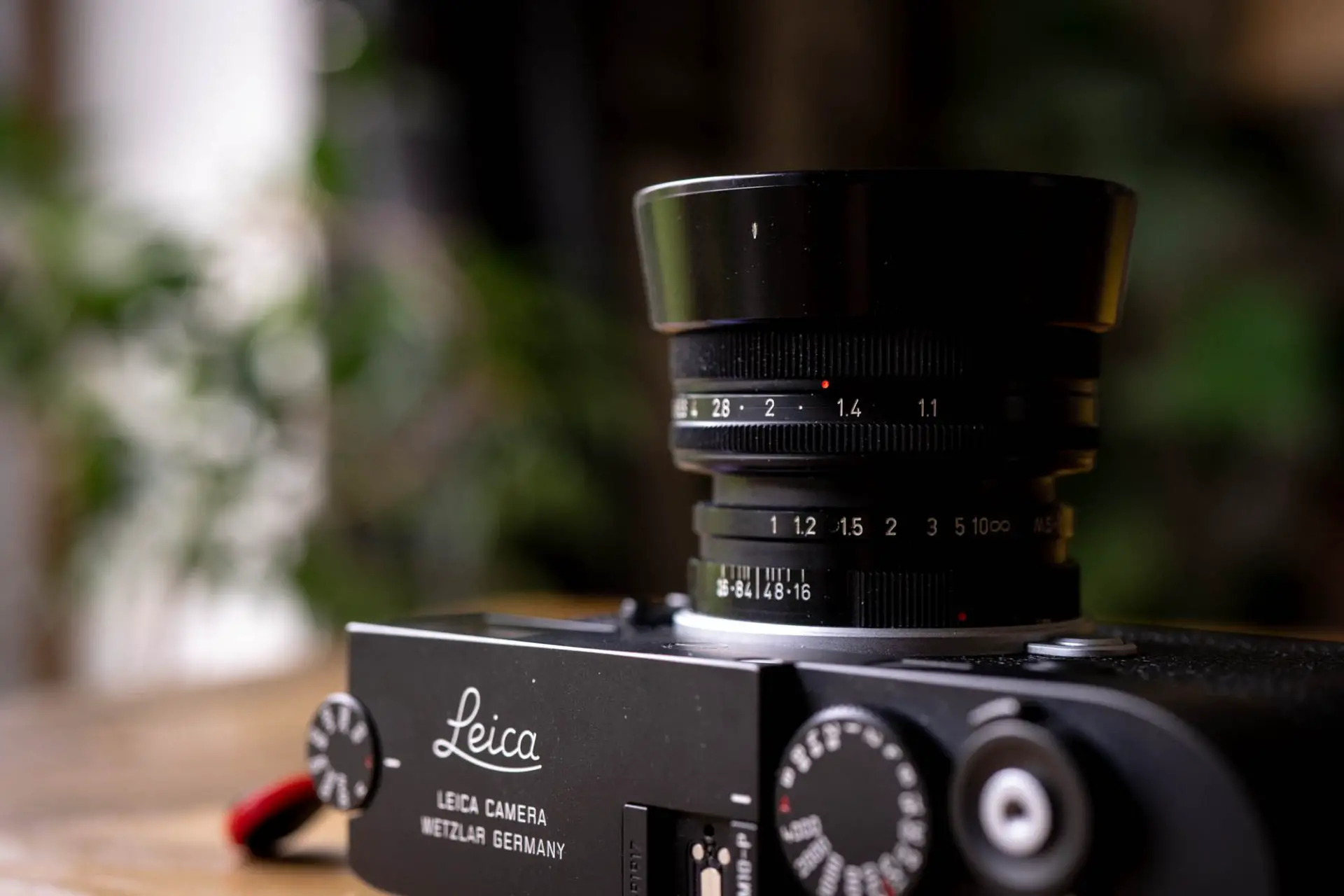








Comments
Jonathan Leavitt on MS-Optics 50mm f/1.1 Sonnetar Review – Exploring Sonnars Pt.13
Comment posted: 21/12/2020
Comment posted: 21/12/2020
Huss on MS-Optics 50mm f/1.1 Sonnetar Review – Exploring Sonnars Pt.13
Comment posted: 22/12/2020
This feel like a home made science experiment, crudely made at that, not a lens to drop money on. I hate to be so harsh.
You need to test a Light Lens Lab 8 Elements replica. The first batch sold for between $500-$600 and the build quality, fit and finish is just astounding. And not at a 'for the price' disclaimer. Optics are great too. My brass copy has been glued to my camera since I received it.
Comment posted: 22/12/2020
lasousa2015 on MS-Optics 50mm f/1.1 Sonnetar Review – Exploring Sonnars Pt.13
Comment posted: 22/12/2020